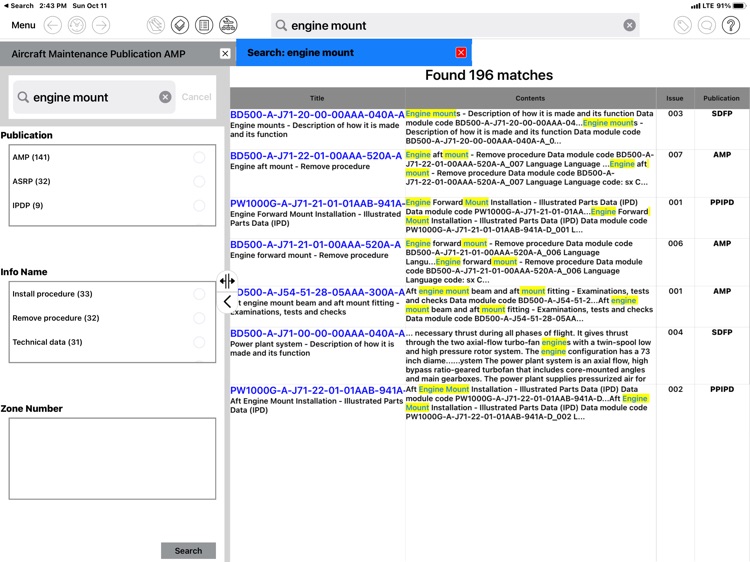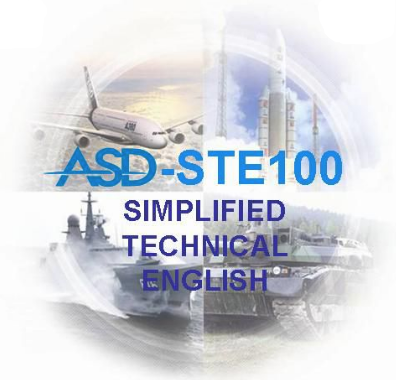Aerospace Localization
The purpose of this section is to present my extensive experience as Localization Specialist in the translation of manuals for aircraft systems between English and Spanish for clients all over the world.
Table of contents
Although I have worked on a wide range of technical documentation in a variety of projects, some examples of content from previous projects cannot be made publicly available due to corporate intellectual property, non-disclosure agreements, and export control restrictions. If you would like to discuss specific past projects and deliverables in more detail, please contact me at the Resume contact section.
Translating between English and Spanish
Over 8 years I have translated thousands of pages of aircraft systems manuals between English and Spanish.
My skills include analysing complex mechanical and software processes described in source manuals to simplify them for technicians. I use terminology management tools to map consistent terms. The aim is to achieve clarity for personnel performing safety-critical maintenance tasks.

The workflow uses computer-assisted translation software to maintain glossaries, while enforcing quality and proofreading checks through independent human validation against source publications.
This rigorous, multi-stage process combines domain expertise, language skills and structural authoring to seamlessly publish English and Spanish manuals for global customers.
Working with STE
Aviation documentation requires the use of Simplified Technical English (STE) - a strict grammar and vocabulary standard for clear technical communication.

A large part of my role as a documentation translator and localization specialist involves adhering to the Simplified Technical English specification ASD-STE100. This requires clear communication using a well-defined set of grammatical rules and approved terminology.
I analyse source content to rewrite long, complex sentences into shorter structures for readability. Phrasal verbs and ambiguous words are avoided, while passive voice is minimised. Before translating, I simplify paragraphs using structured writing techniques that promote clarity.
The final output balances conciseness with sufficient context and uses consistent aviation terminology. This controlled language helps a variety of technicians, regardless of their fluency in English, to accurately grasp the technical meaning of everything from maintenance procedures to software system descriptions. The aim is to improve the safety aspects of aircraft operation.